LOCATION: Native. Tūī can be found throughout the three main islands of New Zealand. They are scarce only in drier, largely open, country east of the Southern Alps. They live in native forests, bush reserves, and bush remnants. (DOC)
BEHAVIOUR: Tūī belong to the honeyeater family (Meliphagidae) and have a long brush-tipped tongue which makes it an excellent tool for lapping up nectar from flowers. They are one of New Zealand’s most prolific pollinators, and can often be seen feeding from kowhai, fuchsia, flax, and pohutukawa when in flower. They are extremely territorial and will vigorously chase away other birds from their feeding territories. (Zealandia)
Often detected by its unique voice consisting of melodious notes intermixed with croaks, coughs, clicks, and wheezes. Also listen for its noisy whirring flight. Similar to male Eurasian Blackbird, but easily identified by its white throat feathers and iridescence. (Ebird)
CULTURE: Tui is a national heritage animal – in Maori culture, the bird is associated with life fulfillment, confidence, and spiritual harmony. They are said to be messengers of the Gods and Goddesses. They acted as a medium to communicate with the gods and goddesses in Maori beliefs. (NZ Nature)
IMAGE by Stefan Hirsch
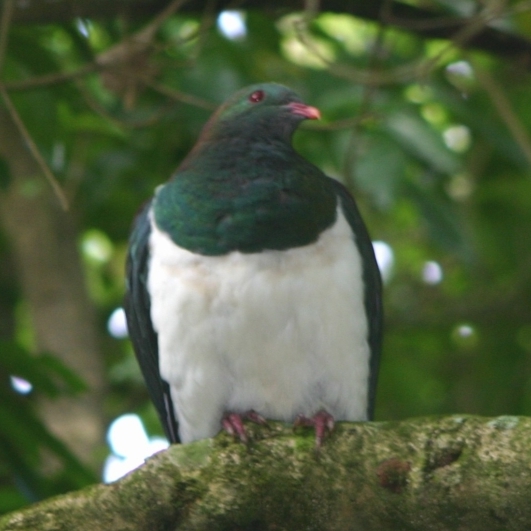 Source: Mike Lusk
Source: Mike Lusk Five times winner of the prestigious international green space award.
Five times winner of the prestigious international green space award.

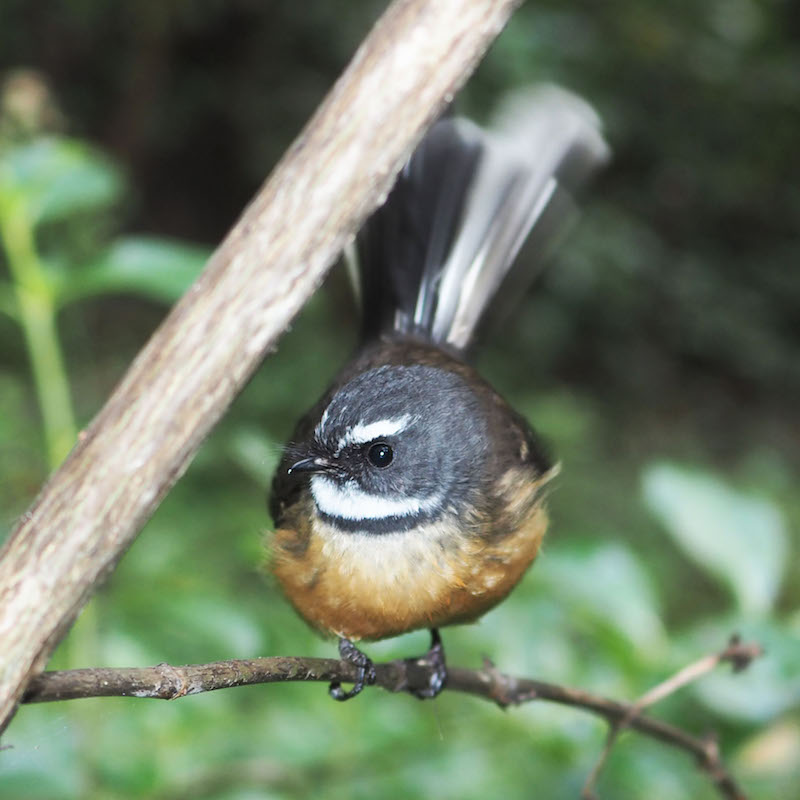 Source: Mike Lusk
Source: Mike Lusk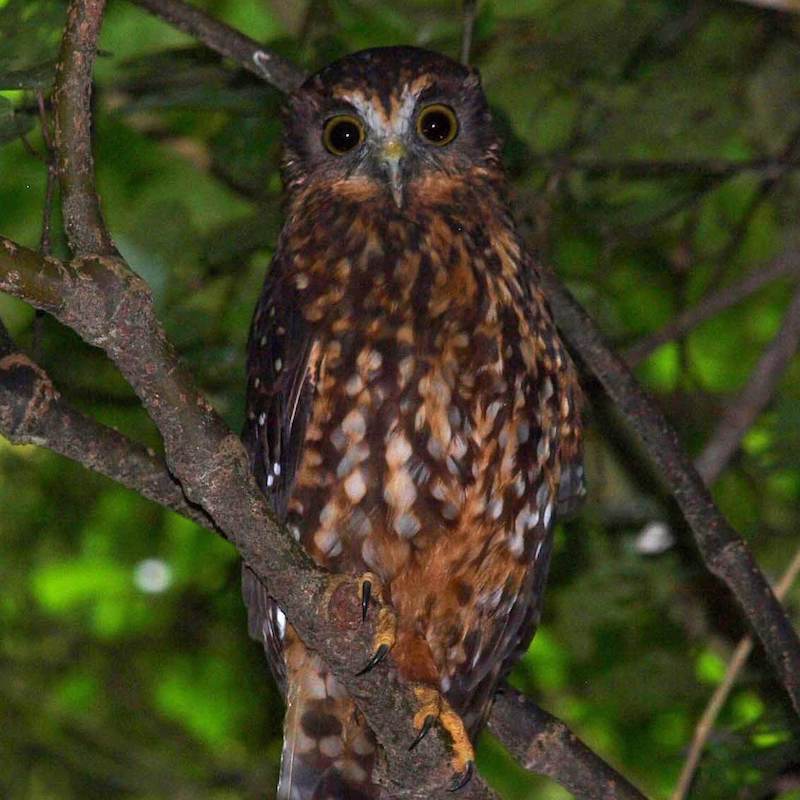 Source: Mike Lusk
Source: Mike Lusk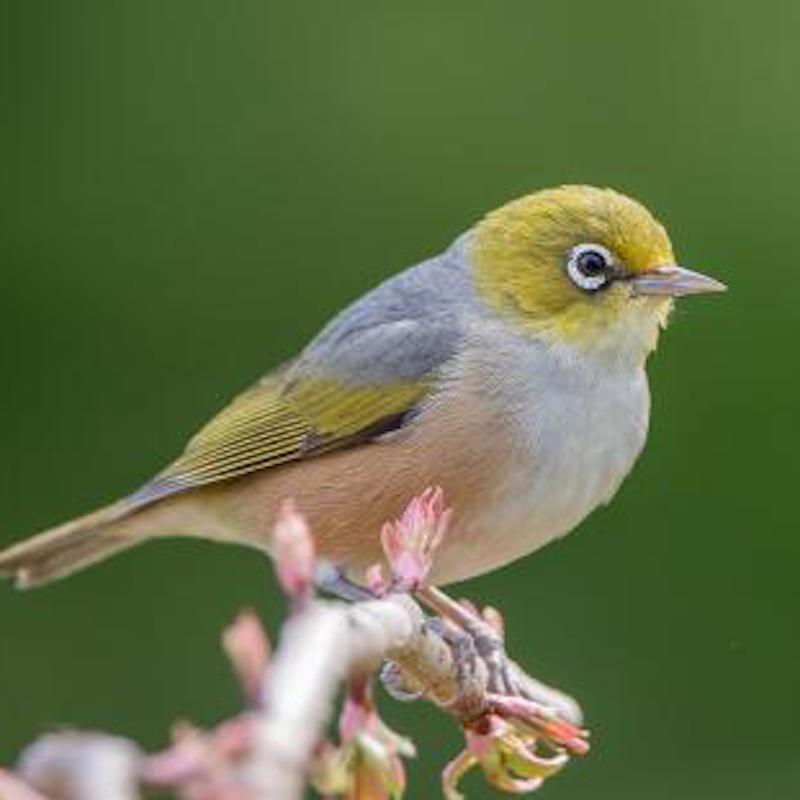 Source: Tony Whitehead, NZ Birdsonline
Source: Tony Whitehead, NZ Birdsonline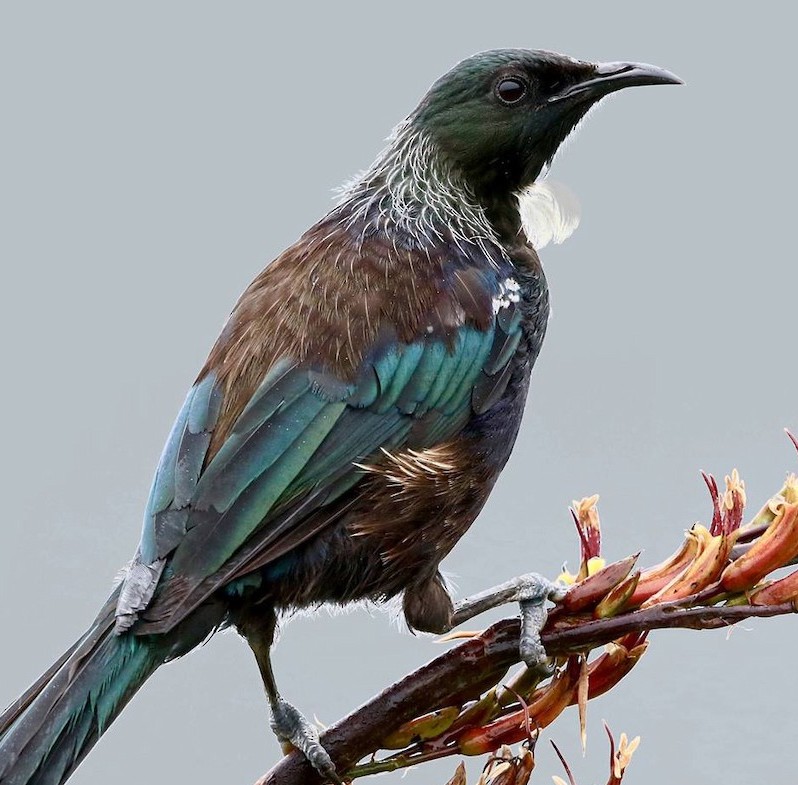

 Source Mike Lusk
Source Mike Lusk Source: Mike Lusk
Source: Mike Lusk